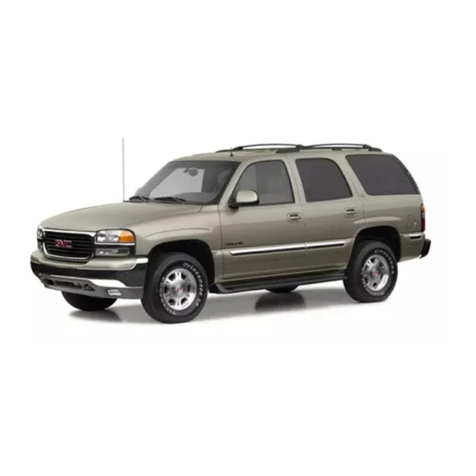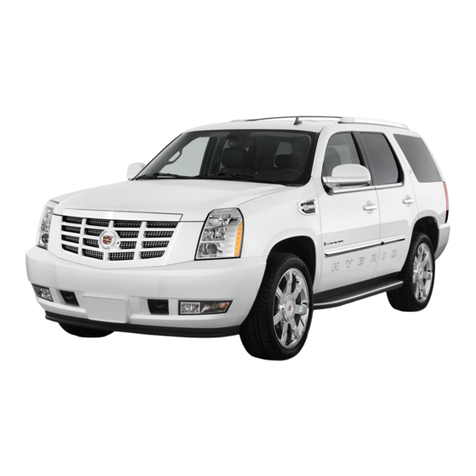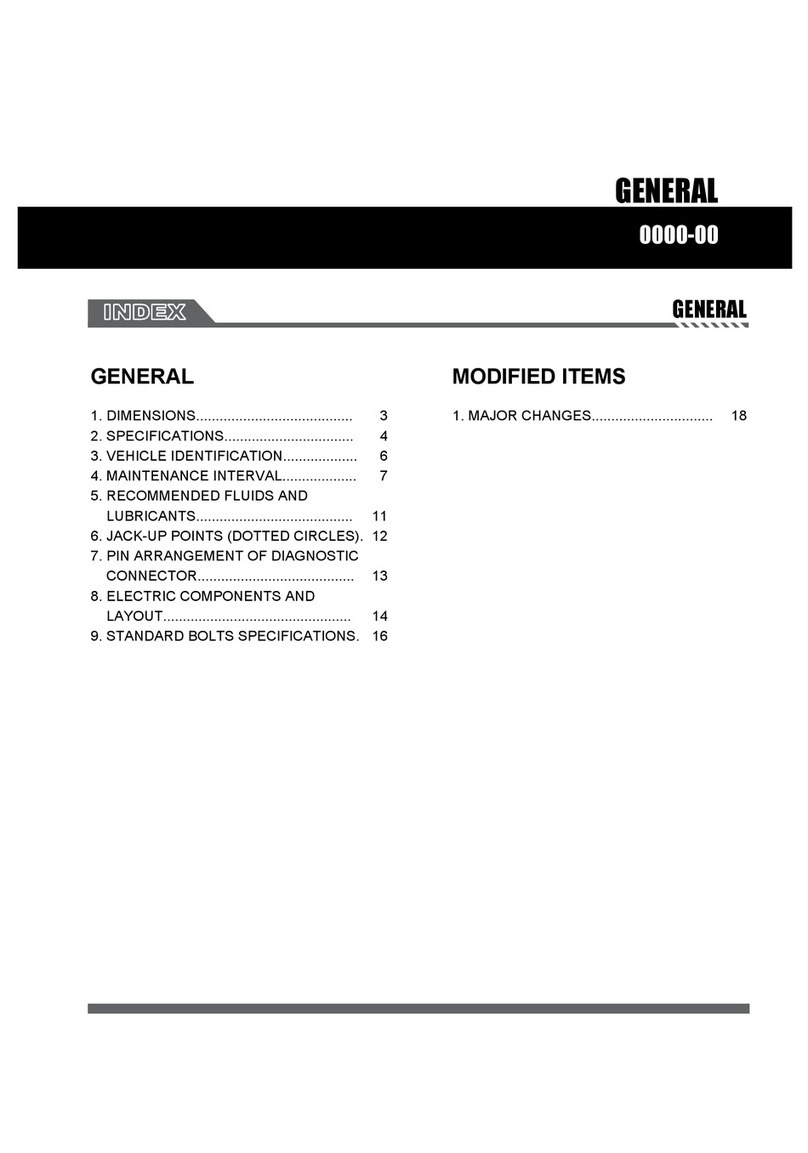GMC 1997 Savana Van User manual
Other GMC Automobile manuals

GMC
GMC Cadillac XT4 2019 User manual
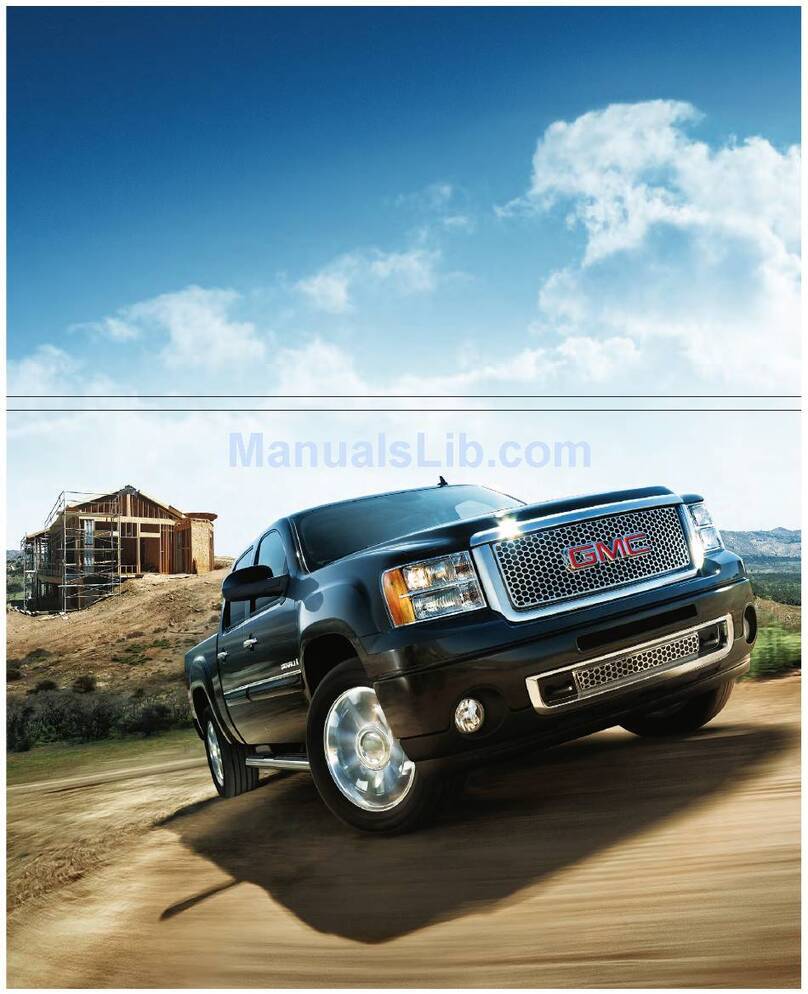
GMC
GMC SIERRA - BROCHURE 2010 User manual

GMC
GMC 2001 Savana Van User manual
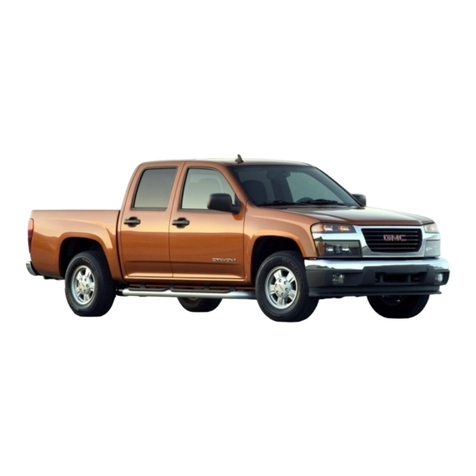
GMC
GMC 2004 Canyon User manual
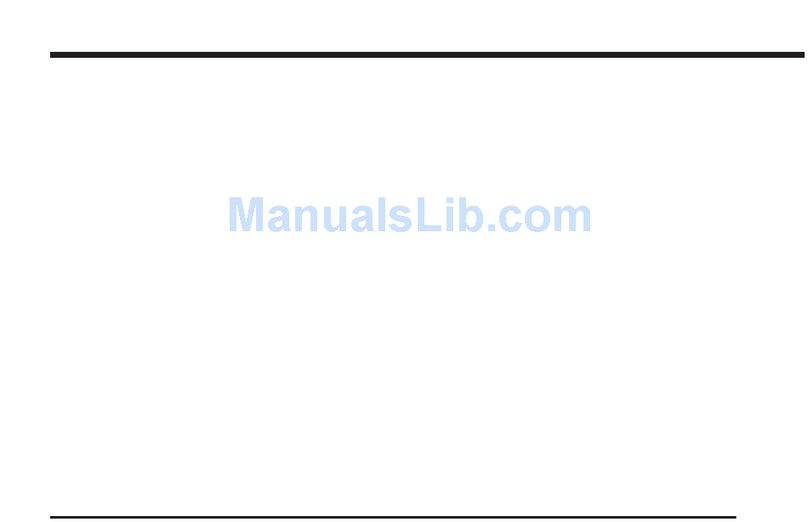
GMC
GMC T-Series 2007 User manual

GMC
GMC GMC Canyon 2023 User manual
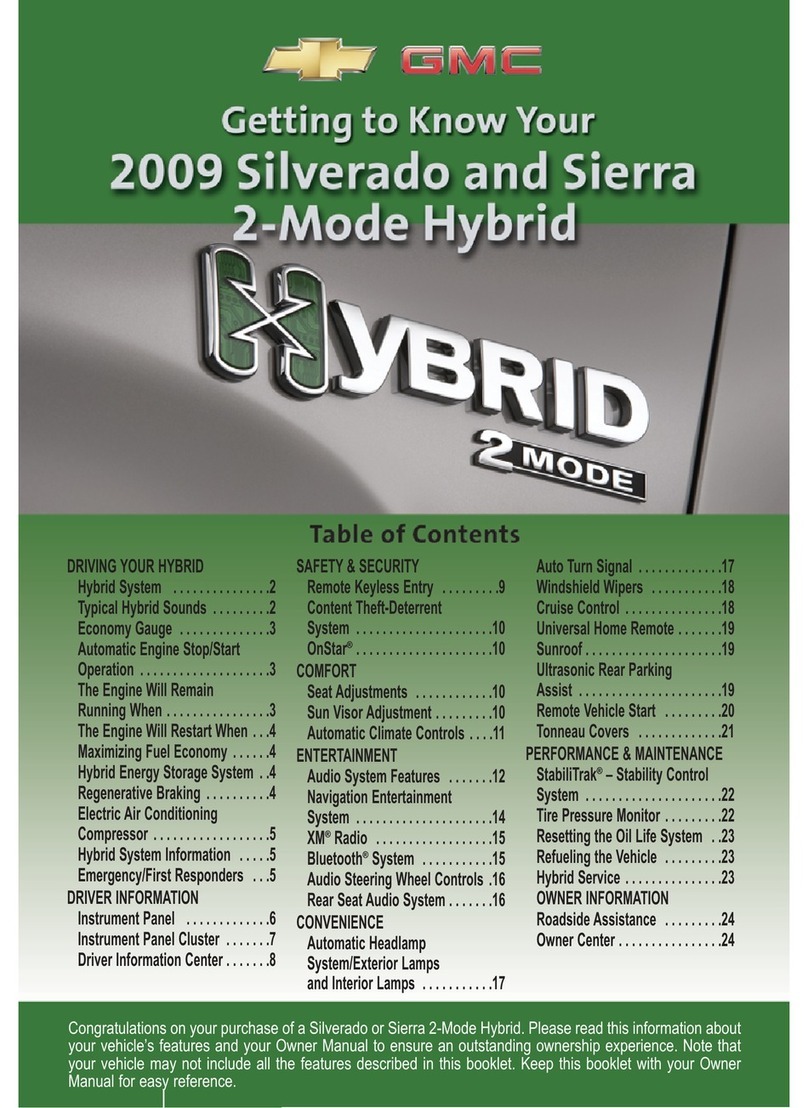
GMC
GMC Silverado 2009 Assembly instructions

GMC
GMC SIERRA DENALI Assembly instructions
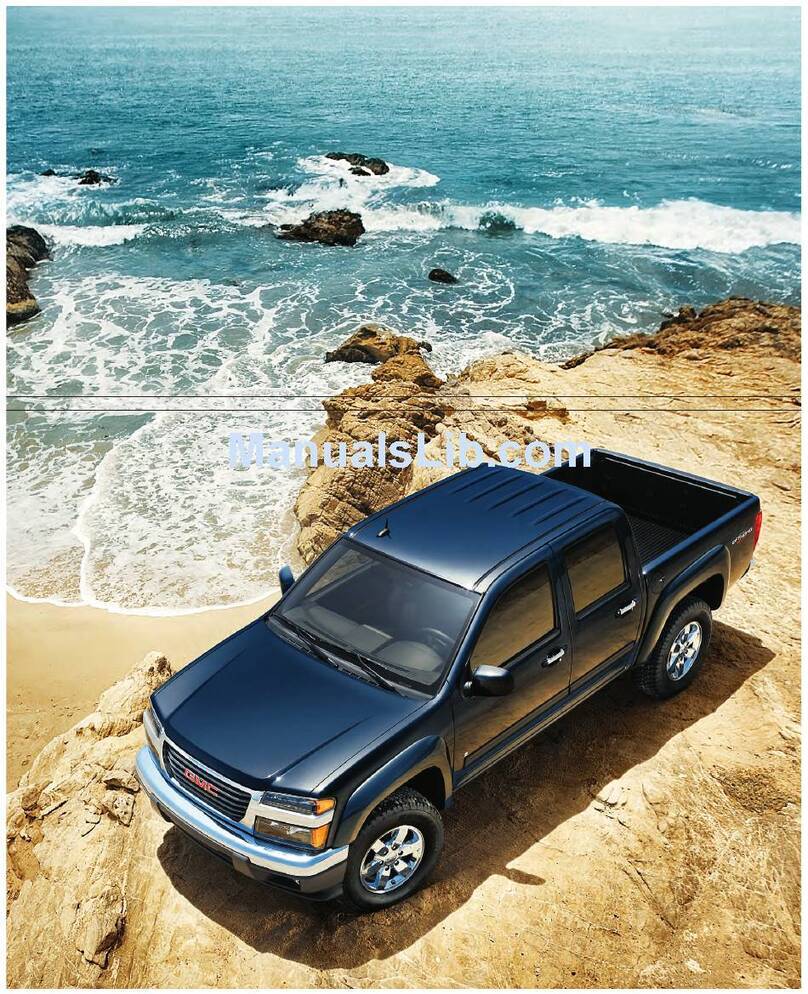
GMC
GMC CANYON - 2010 User manual

GMC
GMC 2015 Sierra Denali HD User manual

GMC
GMC 2000 Sierra 1500 Pickup User manual
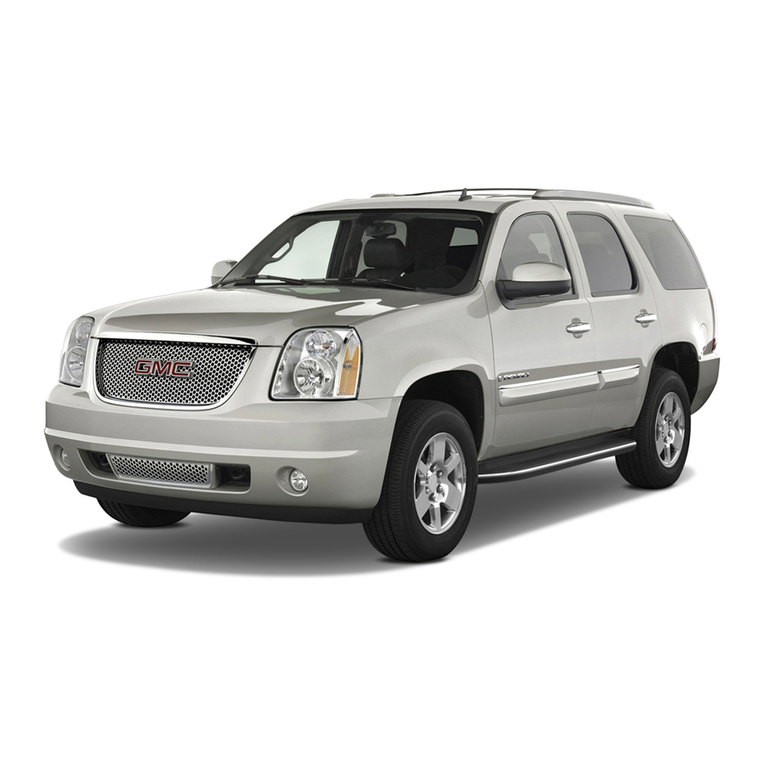
GMC
GMC 2004 YUKON DENALI User manual
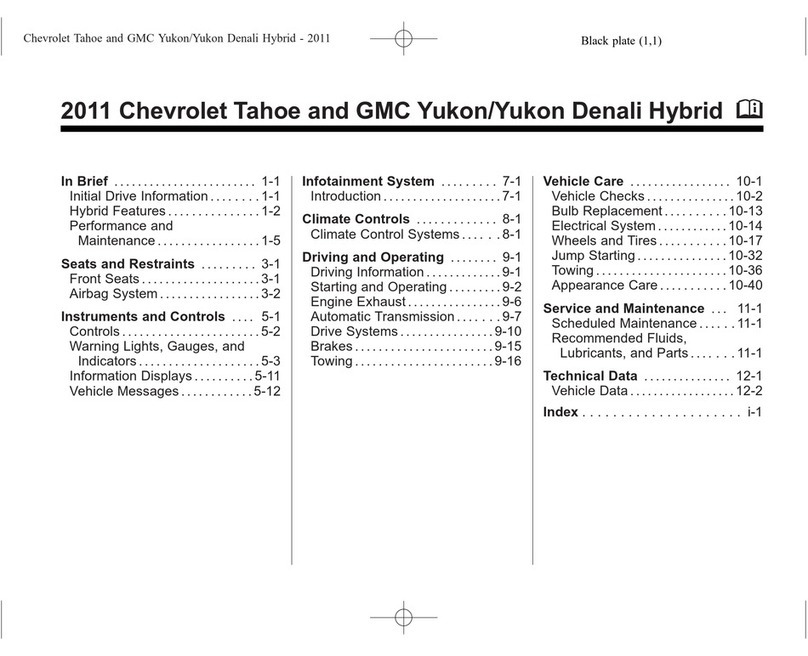
GMC
GMC 2012 Tahoe User manual

GMC
GMC 1997 Sonoma User manual
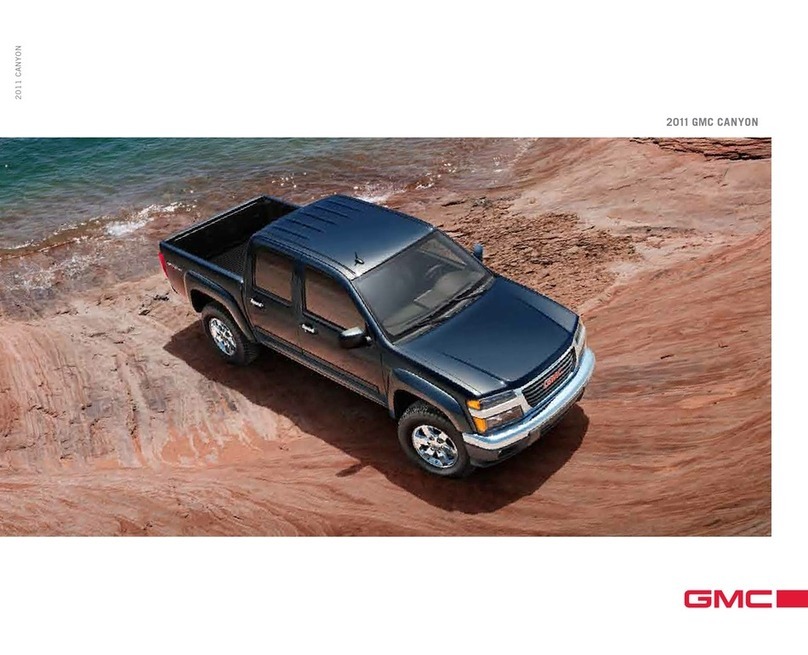
GMC
GMC CANYON - BROCHURE 2011 User manual
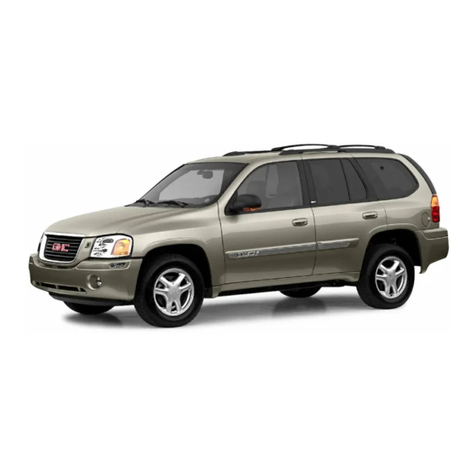
GMC
GMC 2003 Envoy XL User manual
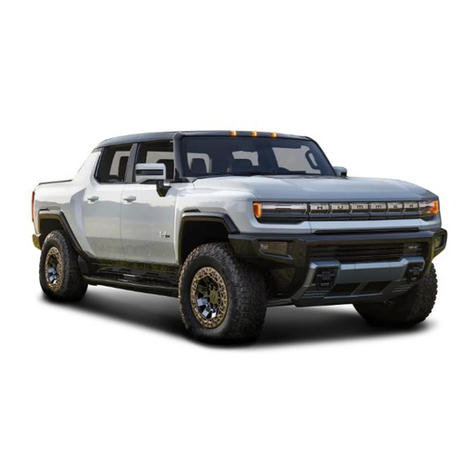
GMC
GMC HUMMER EV 2022 User manual

GMC
GMC 2013 Acadia/Acadia Denali User manual

GMC
GMC CHEVROLET Silverado 6500HD 2019 User manual

GMC
GMC 2002 Sonoma User manual


